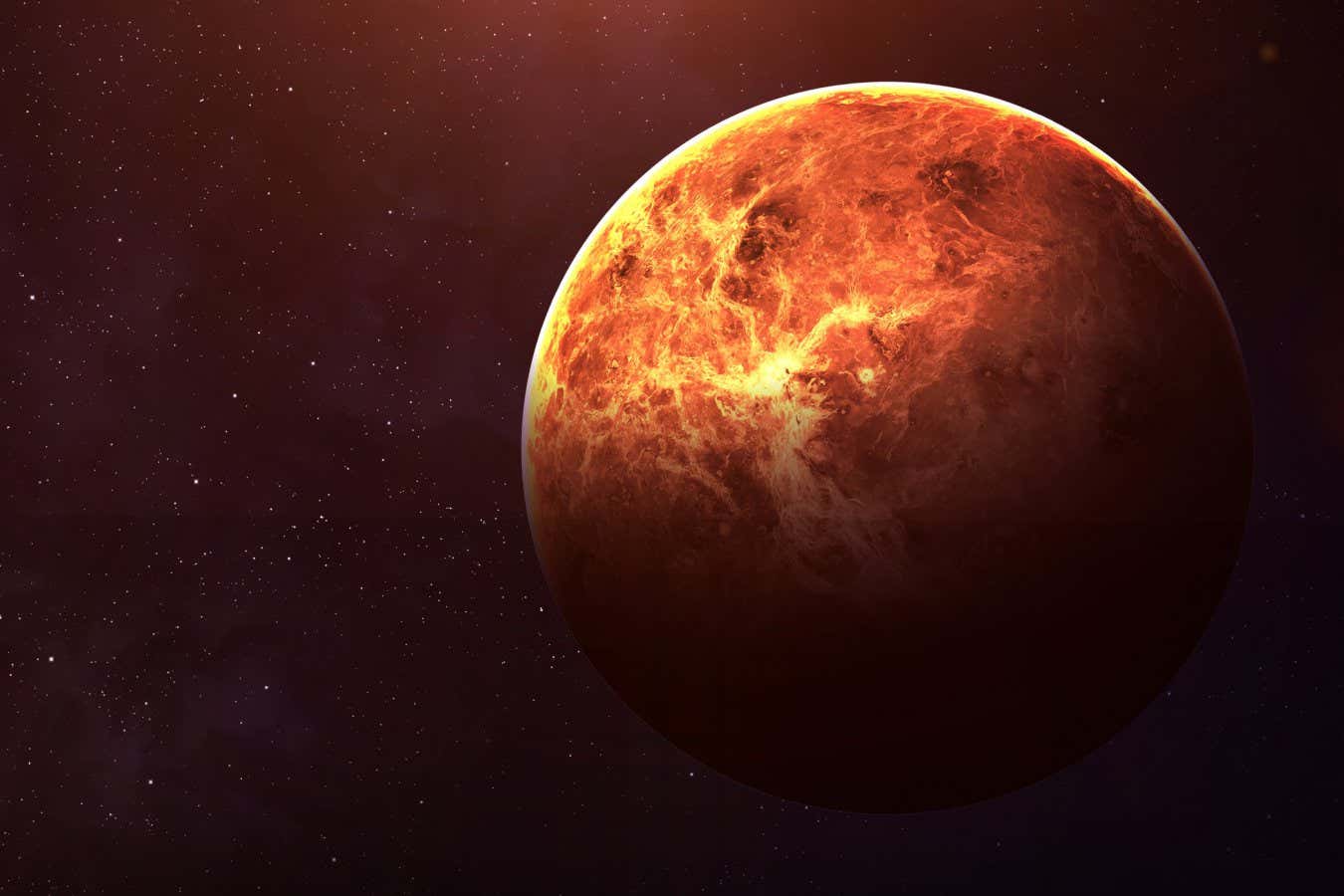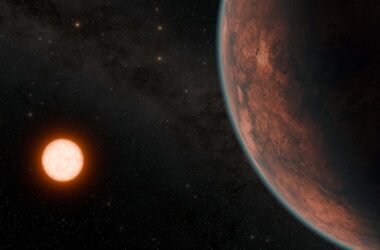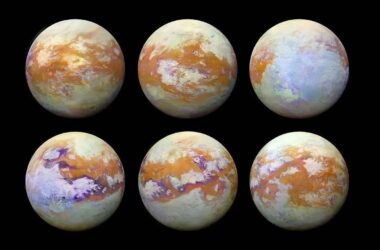Venus, with its extreme temperatures and sulfuric acid clouds, is not a hospitable place for life. However, scientists believe that it may have once been a temperate world similar to Earth before a runaway greenhouse effect took over. In an episode of the podcast “Dead Planets Society,” planetary scientist Paul Byrne from Washington University in St. Louis joins hosts Chelsea Whyte and Leah Crane in exploring ways to potentially transform Venus into a habitable planet.
The first step in this ambitious endeavor would be to clean out Venus’ dense and hot atmosphere filled with sulfur. While this is no easy task, it is considered easier than terraforming Mars due to Venus’ larger size. Some technologies proposed to mitigate global warming on Earth could potentially be used for this purpose. Alternatively, a more unconventional approach involving a giant potato gun shooting asteroids could also be considered. However, such actions would likely have significant consequences for the rest of the solar system.
In addition to cleaning the atmosphere, another necessary step would be to move Venus into a cooler orbit farther away from the sun. This adjustment would be crucial for maintaining a more hospitable climate. However, it would introduce an additional level of complexity and potential chaos.
The “Dead Planets Society” podcast explores wild and imaginative ideas about manipulating the cosmos and applies the laws of physics to assess their feasibility. From splitting the moon in half to causing a gravitational wave apocalypse, the podcast delves into extreme concepts related to space and its potential for alteration.
Topics: This article discusses the possibility of transforming Venus into a habitable planet through the exploration of different technologies and approaches.








